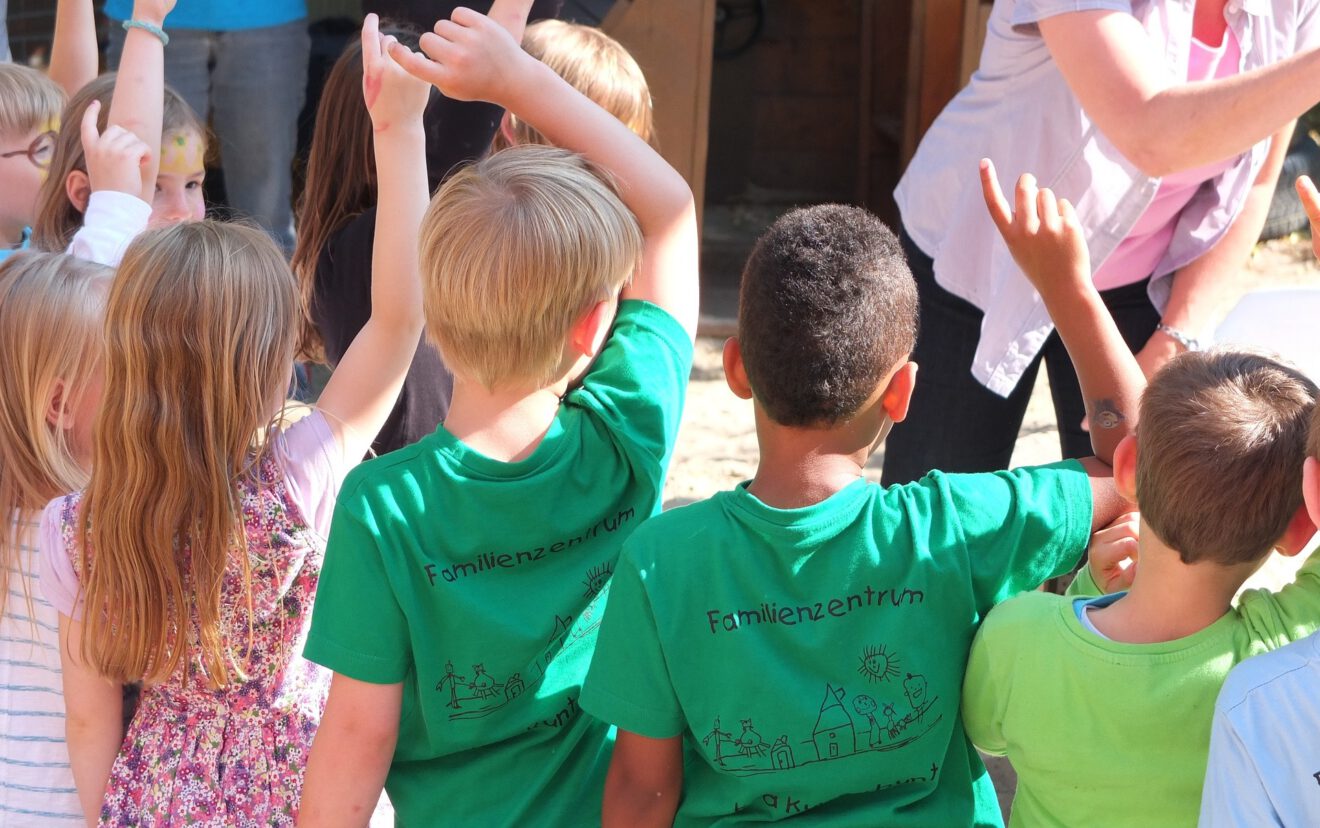The US admits approximately 50,000 refugees per year, about a third of whom are children. As the refugee family education liaison for the nonprofit Waterford.org, I work with the International Rescue Committee, Catholic Community Services and the Refugee and Immigration Center to find refugee families who need help preparing their young children for school. I have the privilege of being the point person for families who have faced a great deal of uncertainty and trauma.
Three of the biggest challenges these families face in getting their children ready for kindergarten are technology, language and culture. Here’s how we’re helping and how schools and districts might also reach out to these at-risk students and their families.
Getting started with technology
I’ve seen firsthand how challenging simple things can be for folks who haven’t had much exposure to computers and the internet. The families I work with from countries such as Iraq and Afghanistan tend to have more experience with computers and don’t struggle as much. For example, they are usually able to help their children understand how to use a mouse. Families from the Congo and South Sudan, however, may never have used a computer in their life and cannot offer those same instructions
Some refugees have been in camps for 20 years or more prior to arriving in the US. In those situations, it’s often more effective and meaningful to provide in-person support instead of teaching them about computers over the phone. Even having the wrong password or username can require detailed, step-by-step support to resolve.
Language lessons for kids and parents
Our online kindergarten readiness program is designed to help preschool-aged students enter their first year of school with early literacy, numeracy and science skills. In many ways, though, we’re teaching the parents as much as their kids. Some parents even create their own accounts and work on their own English. Many of our refugee families have both parents working full-time, so learning how to use the program can be a challenge for them as well as their children. For that reason, we try to do everything we can to help them succeed.
Parents tend to pick it up alongside their children. When I make my weekly in-home visits, the parents are often right behind the child as they’re working, watching and cheering them on while they learn English skills, too. If needed, I work with Linguist International to translate for parents, although I encourage them to speak in English because we feel it’s helpful for everyone in the family.
I enjoy working with these families, and it’s eye-opening to see the humble situations that so many of them live in. There’s often little or no furniture in their homes and we sit on the floor while discussing our program. This is fine, of course, but it does highlight the struggles these families are facing as they try to build new lives in a foreign country.
I find that speaking to them face-to-face is much more effective than a phone conversation. Between the language and culture barriers, body language and eye contact become so much more important for having meaningful conversations and creating lasting change.
That the language barrier is a deterrent for many families really can’t be overstated. These families don’t have access to high-quality preschools very often, and even when they do, they rarely get as much out of it as they could because the children struggle to simply communicate with their peers and teachers. They’re on track to go into kindergarten not knowing their ABCs or other important skills. Many of the cultures they come from don’t even use the same letters we do, so jumping into school blindly is very difficult.
Overcoming culture gaps
During my home visits, it’s often quite obvious that there is not just a language barrier but a culture gap, too. Nearly all my families want to feed me when I come over, which I am not accustomed to. I’ve also learned the hard way that in some cultures, it is not okay to shake a woman’s hand as I would a man’s or even shake a man’s left hand instead of his right one. Of course, offering visitors food is unlikely to cause problems for anyone involved, but it does highlight just how deep the cultural differences can be.
We can’t solve all the challenges these families face. They come into this country not knowing what to do or even how to ask for help. They’re thrust into a foreign culture using a foreign language. This makes some of the results I’ve seen even more amazing. I have kids who are working on first-grade material right now. Last year I was blown away to see a little girl who hadn’t even entered kindergarten already reading paragraphs.
Being able to help these families and give their kids a chance to succeed is such a privilege. It is clear how deeply they value it, and they are often reduced to tears when they see how much their children are learning. We may not be able to improve all their conditions, but we can set them up them to be more knowledgeable about the country that they live in.
Sean Carter is the refugee family education liaison at Waterford.org.
____________________________________
Like this article? Sign up for ASCD SmartBrief to get news like this in your inbox, or check out all of SmartBrief’s education newsletters, covering career and technical education, educational leadership, math education and more.
